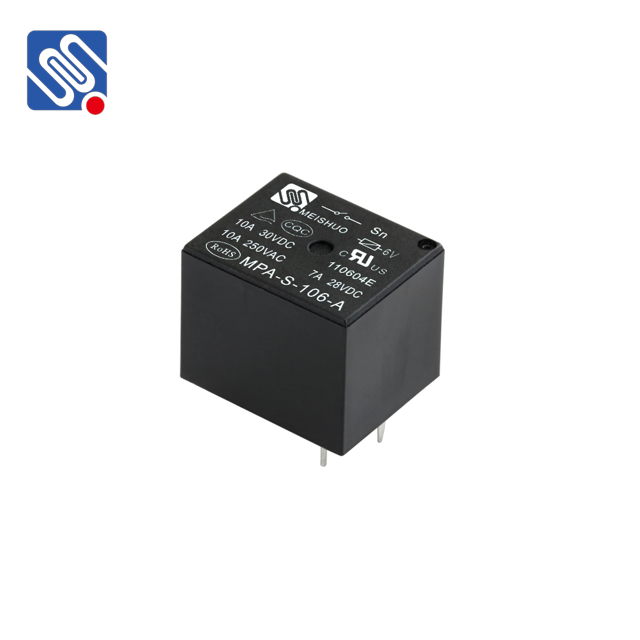Relays are essential components in electrical and electronic systems, providing a means of controlling circuits with low-power signals. Their primary function is to switch a circuit on or off in response to an input signal. One crucial specification for selecting a relay is its current rating, which refers to the maximum electrical current that the relay can safely handle without damage or failure. Understanding relay current ratings is critical when designing circuits and ensuring the safety, reliability, and longevity of electrical systems.

What is Relay Current Rating? The relay current rating is the maximum current that can flow through the relay’s contacts while it is operating under normal conditions. It is important to note that this rating applies to both the current passing through the relay when it is in the “closed” or “on” position, and the current the relay can switch on and off without causing damage. The relay’s current rating is typically specified by the manufacturer and can vary depending on the type, size, and construction of the relay. Relay current ratings are often provided in several forms: Rated Load Current: The maximum current that the relay’s contacts can carry under normal load conditions.